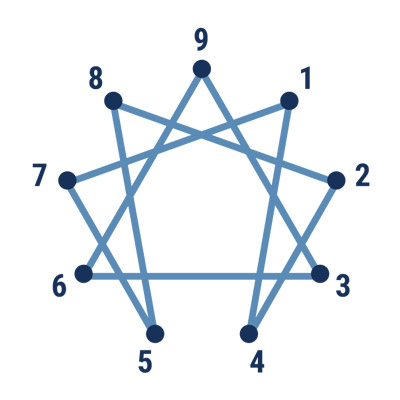Research shows that “A” players outsell their peers by at least 48 percent in sales positions, have a more positive effect on customers than other employees, and deliver superior team performance when included in a work group. A small team of “A” players can run circles around a giant team of “B” and “C” players. [Talent Management Magazine Survey]
Do you know what an “A” player looks like in your business? If not, take some time to define it. We start with an assessment that helps identify the characteristics of a top performer but then dig deeper into the individual’s attitudes, beliefs, habits and behavioral patterns. We also look at the organization to discover what it does (or doesn’t) do to foster “A, B and C” performers. A “B” performer may be trainable if the conditions are right and the individual as a strong desire to improve. “C” performers can exist in an organization yet the key is to identify if their presence is bringing down or holding back the “A” and trainable “B” performers.
Step back and look at your team this week. Do you have the best players or have you settled for mediocre ones? If so, look around and see how this is impacting you and your team’s success and more importantly, look to the organization and its practices to ensure that you reward, recognize and inspire the “A” performers. They are the ones you want to stick around and if they don’t feel appreciated or valued for their contributions, they’ll be gone before you know it.



